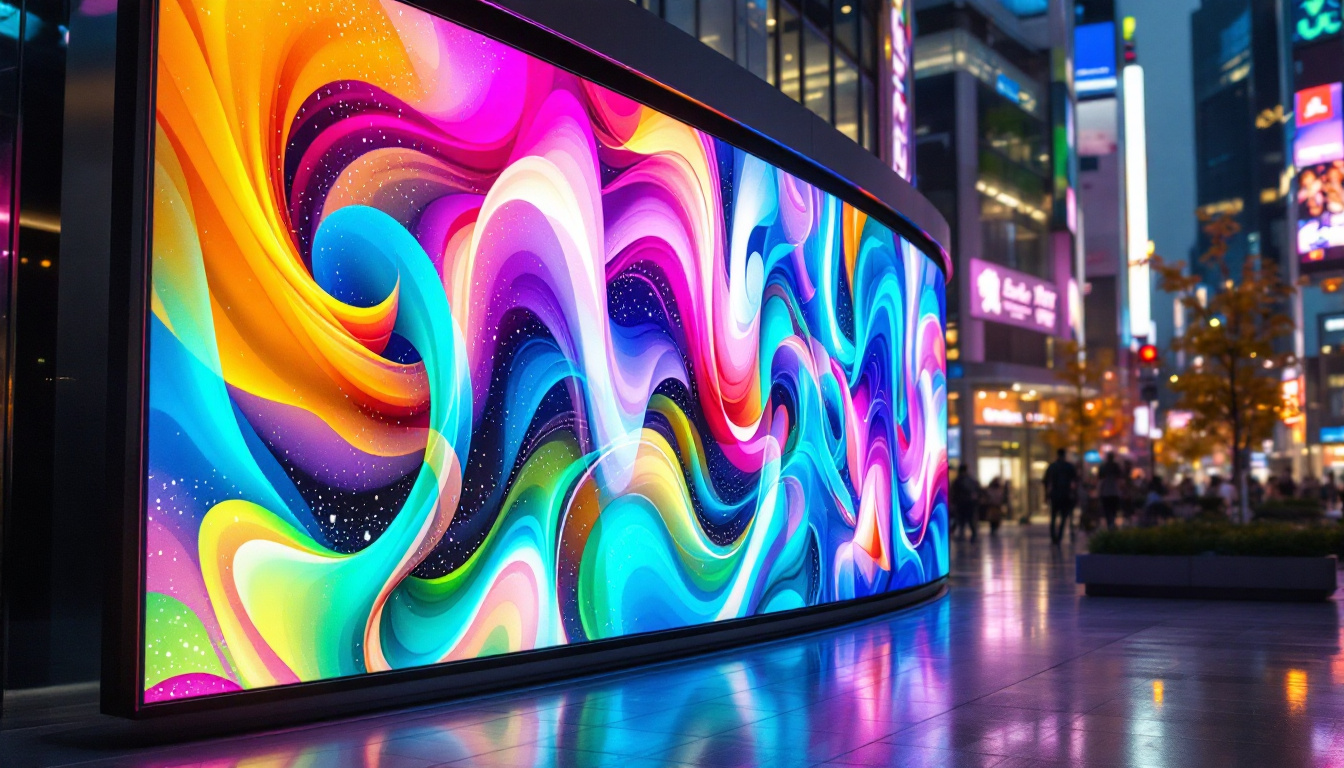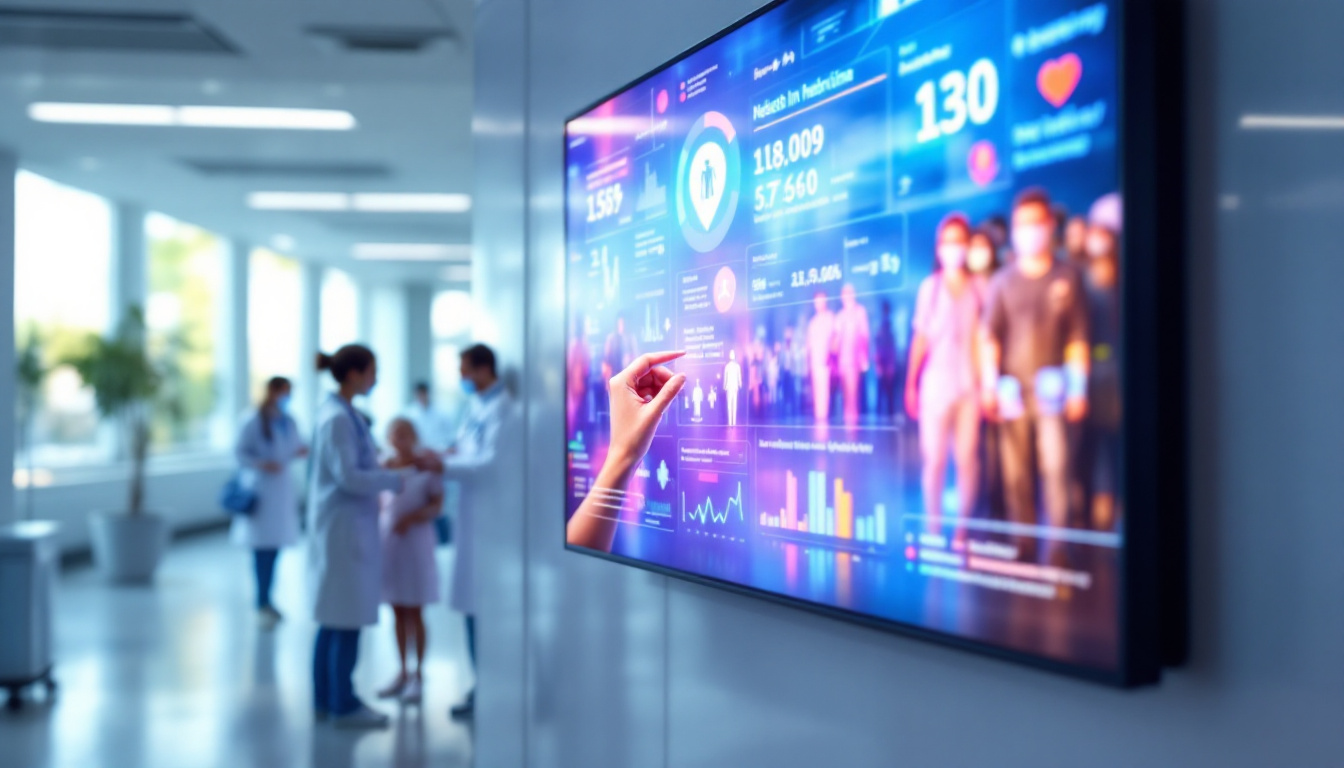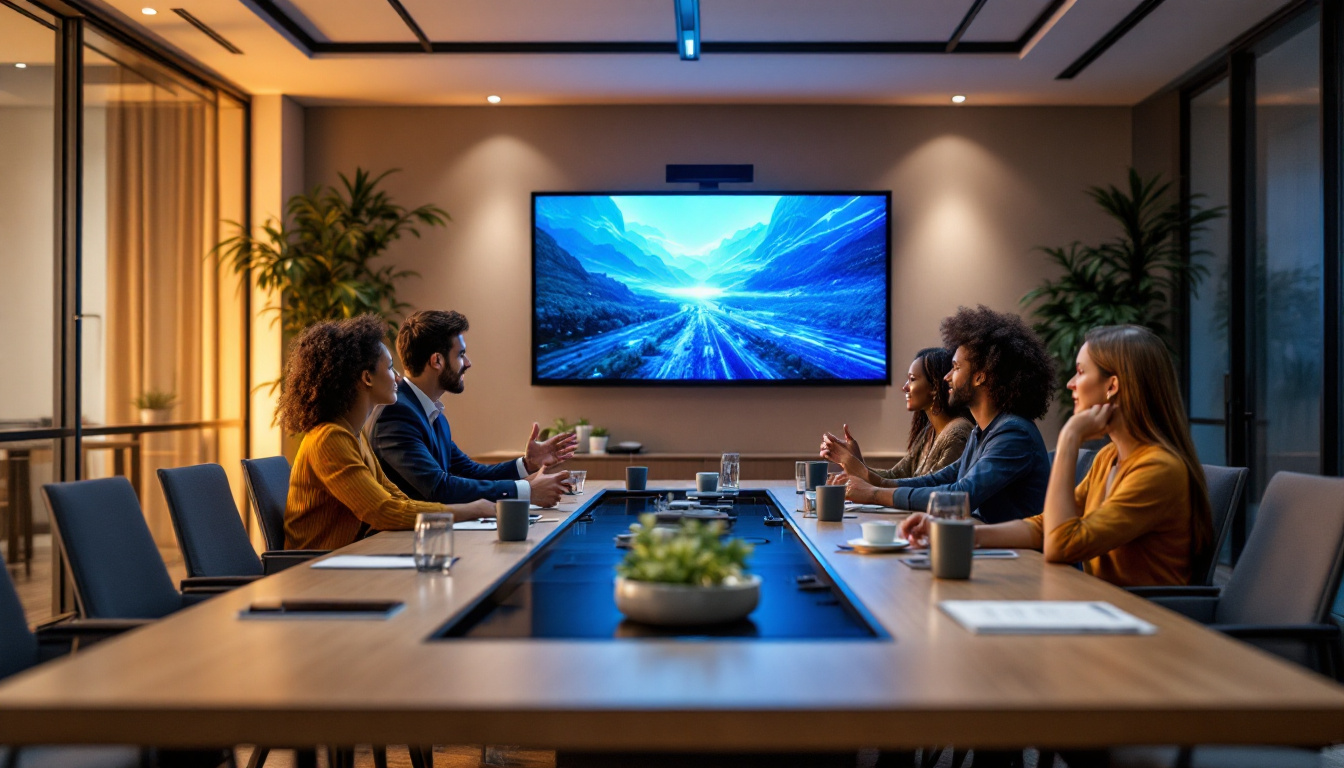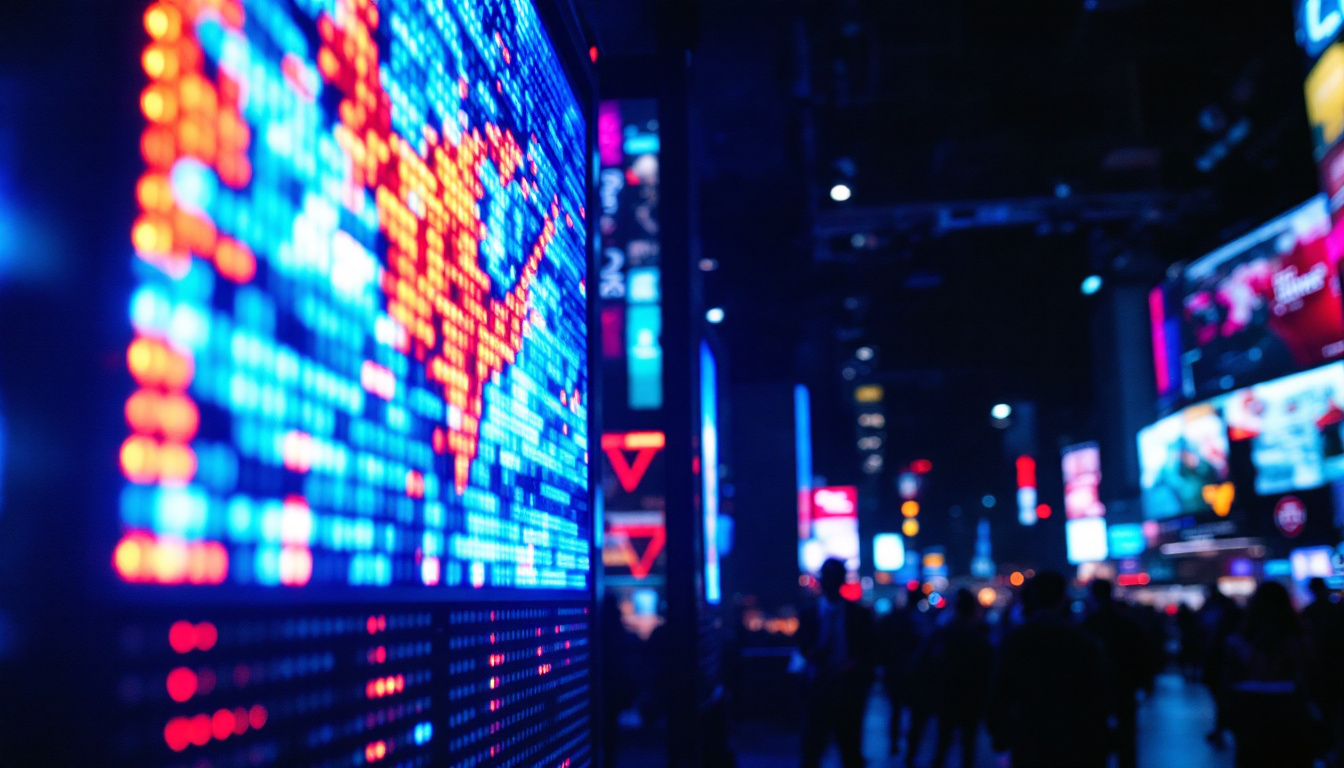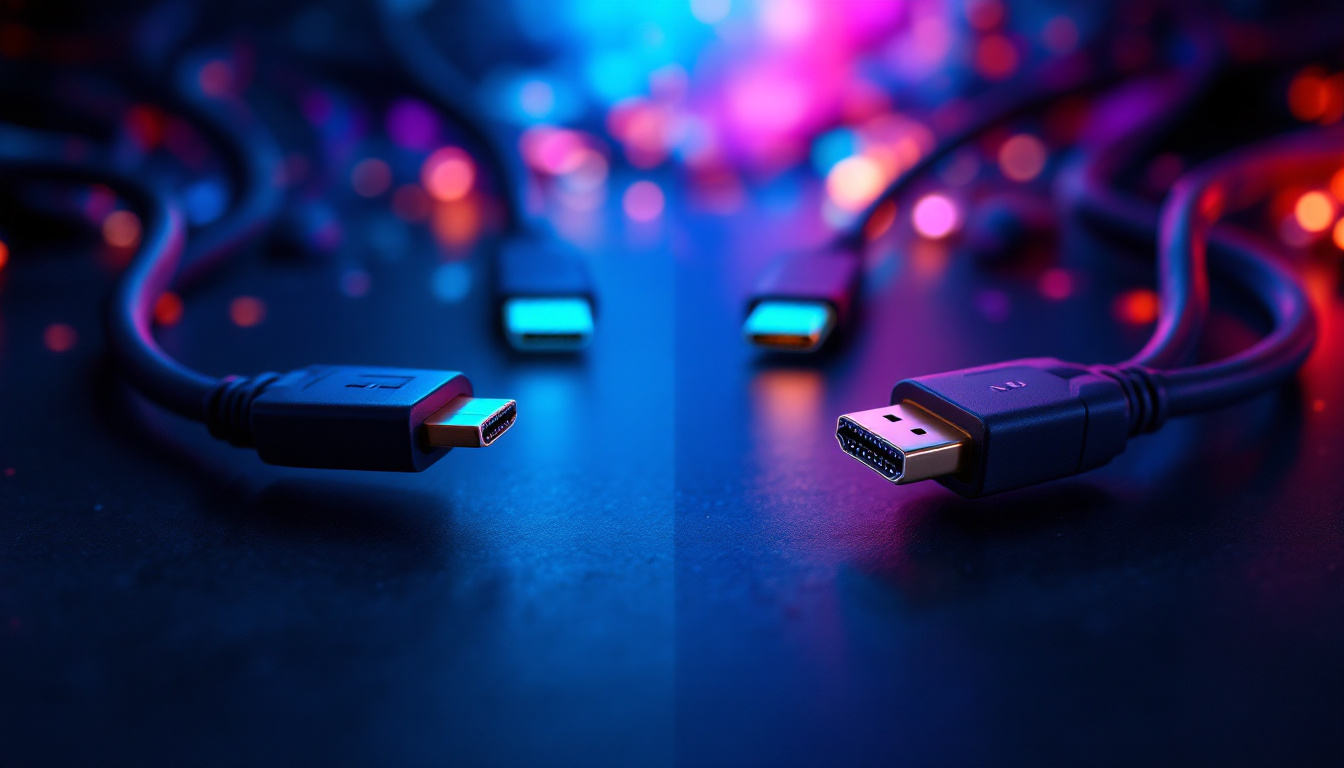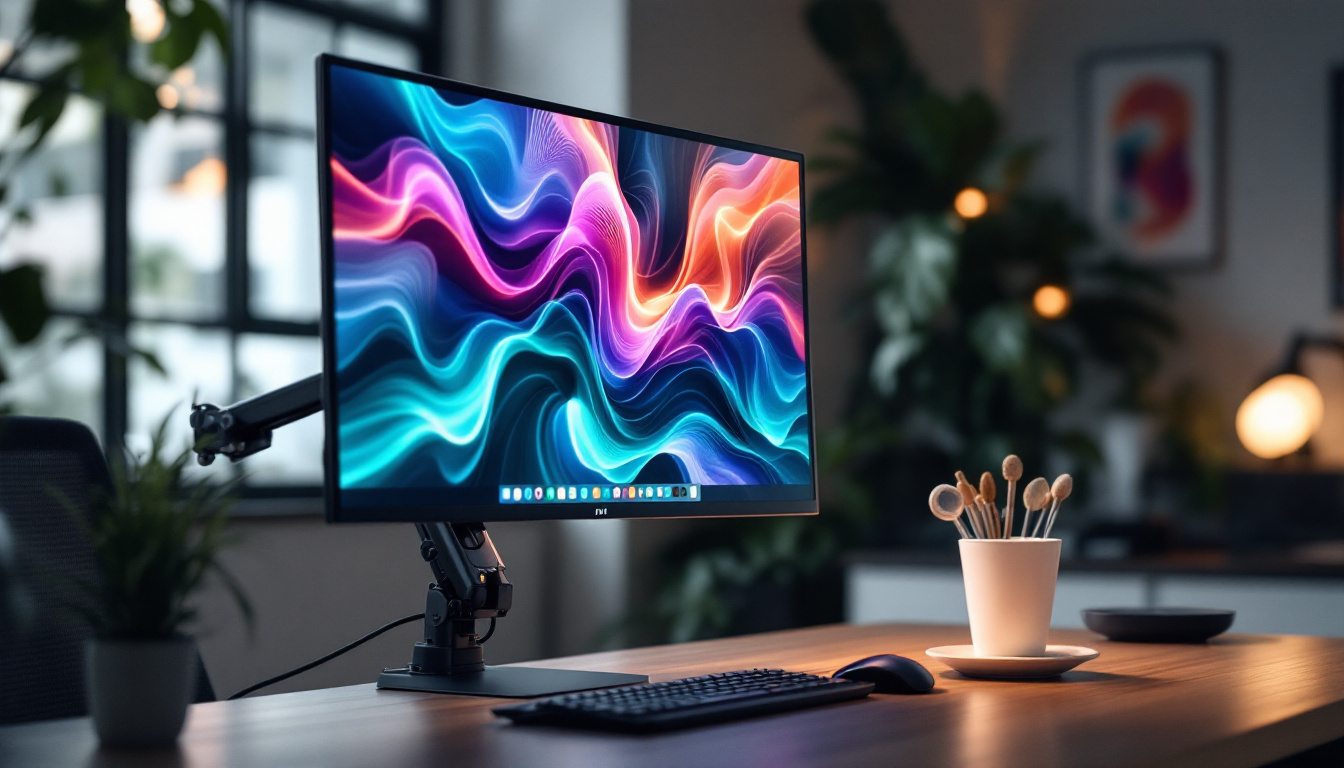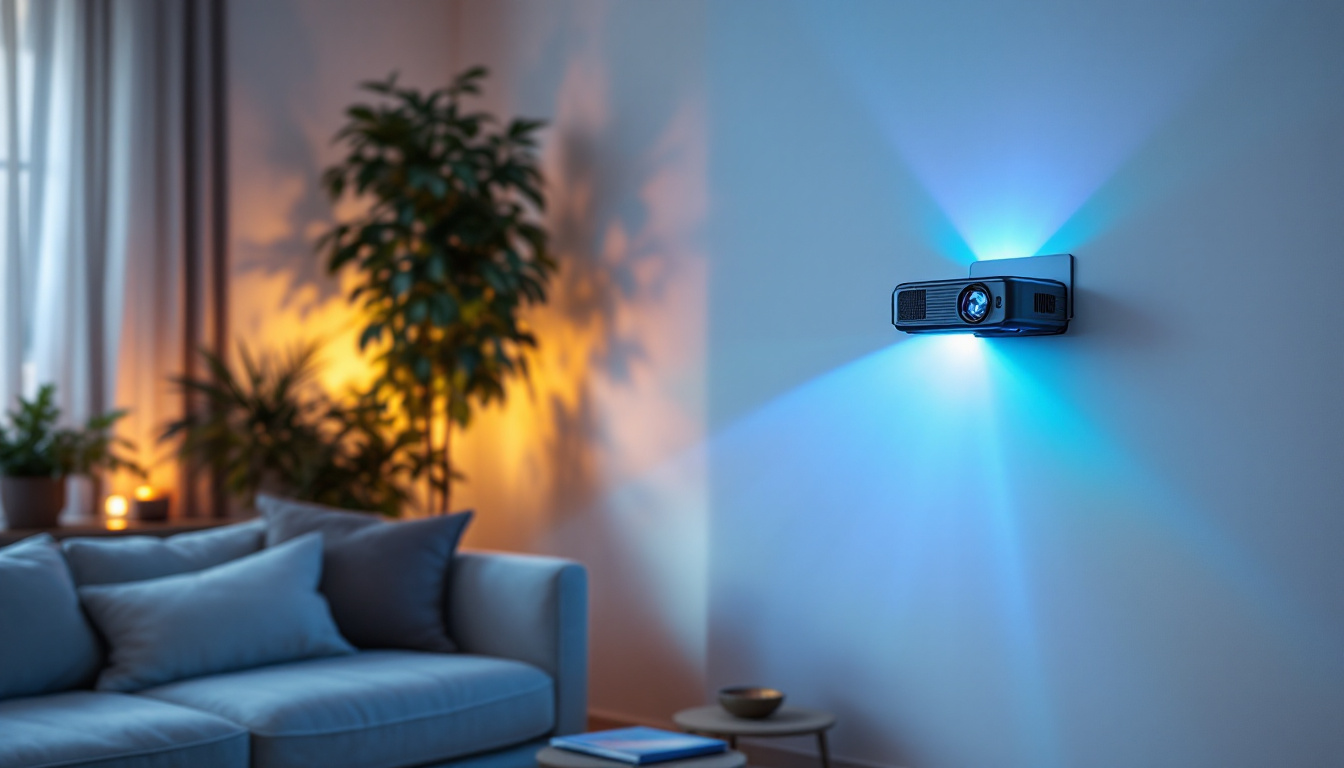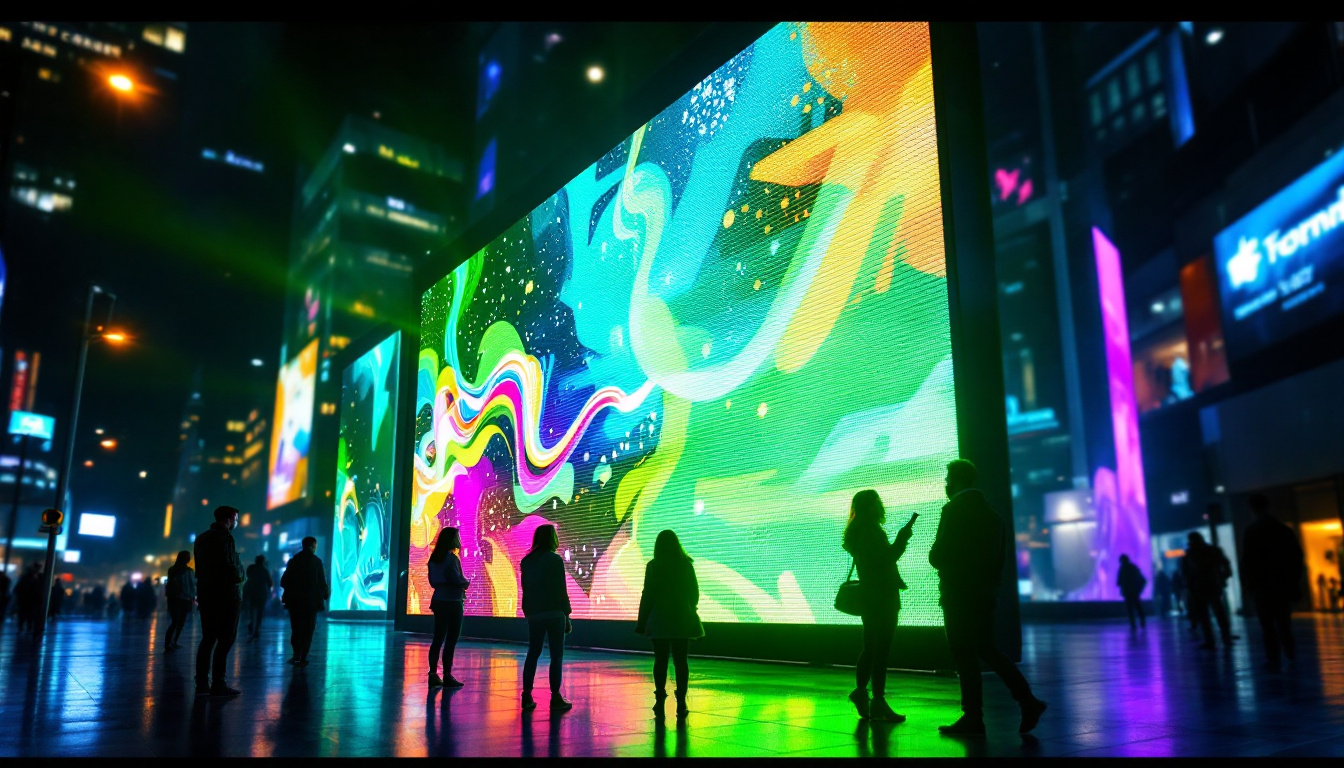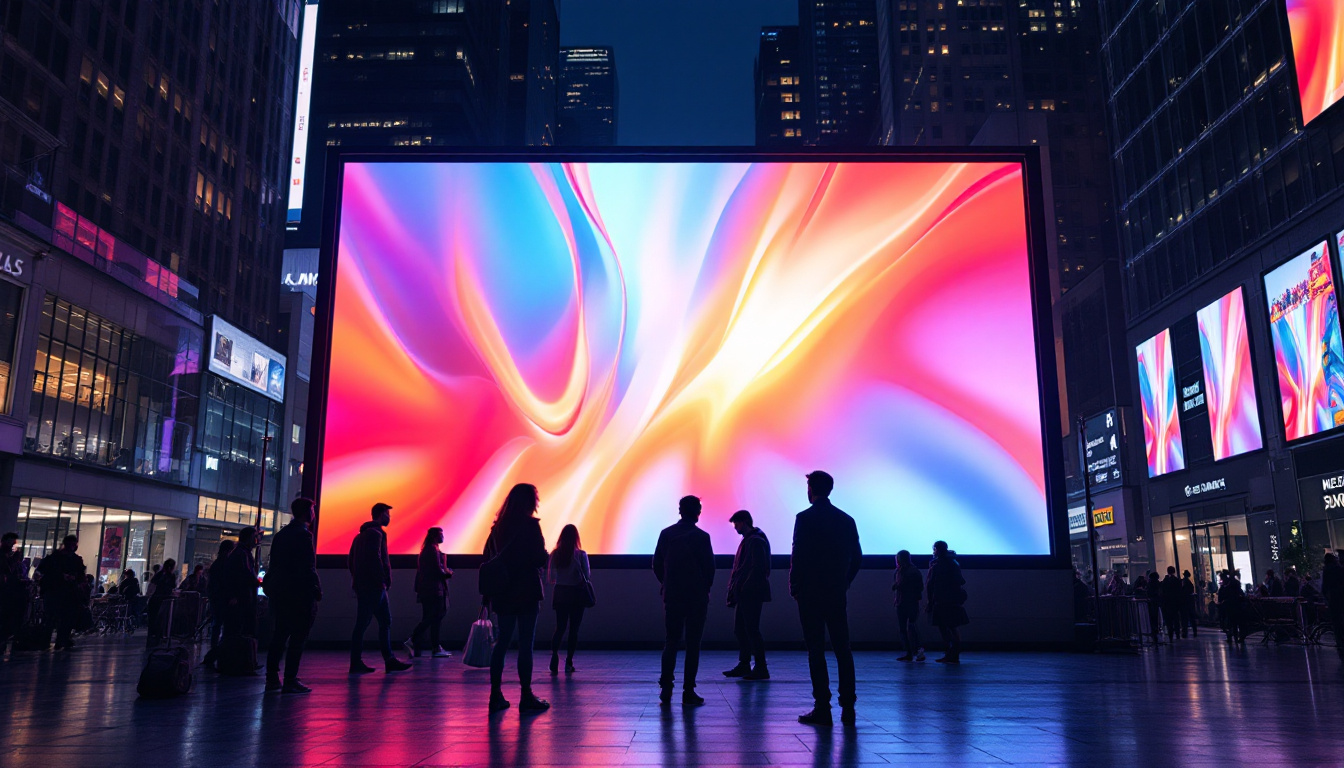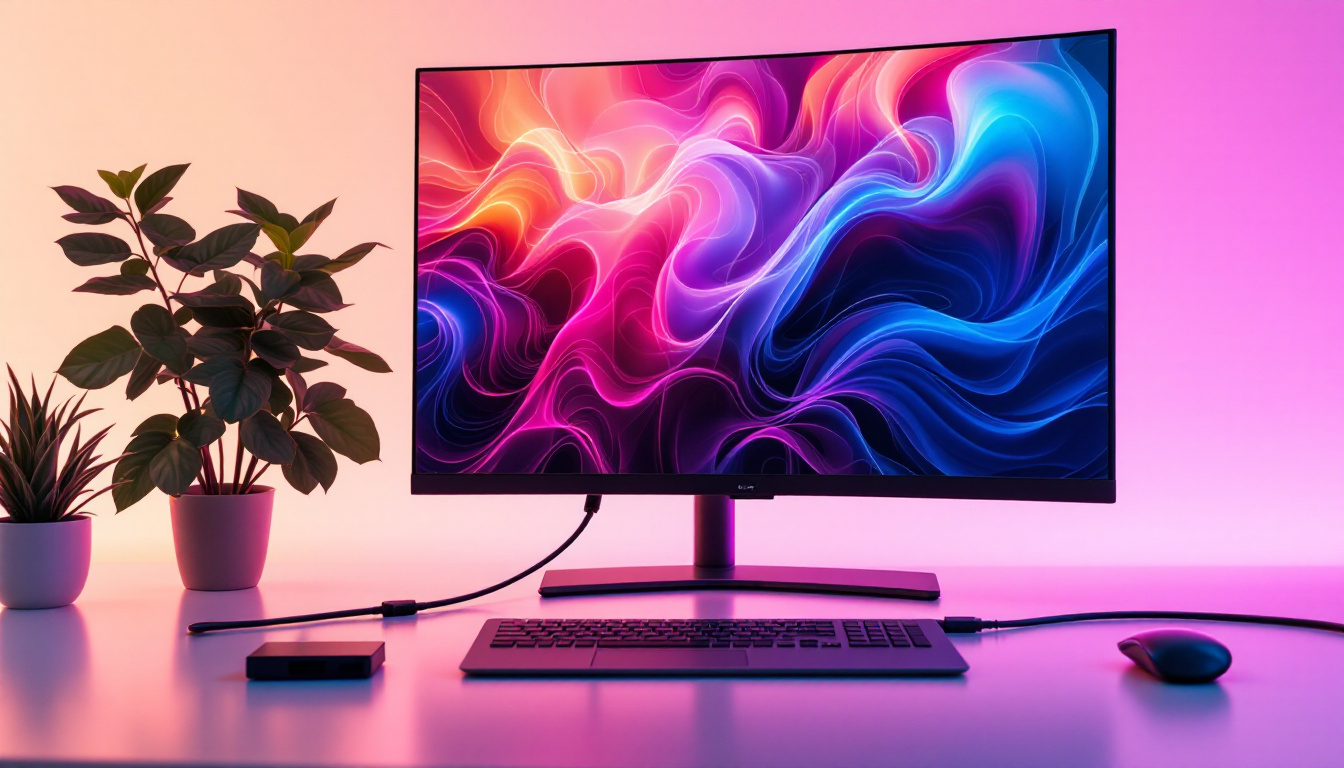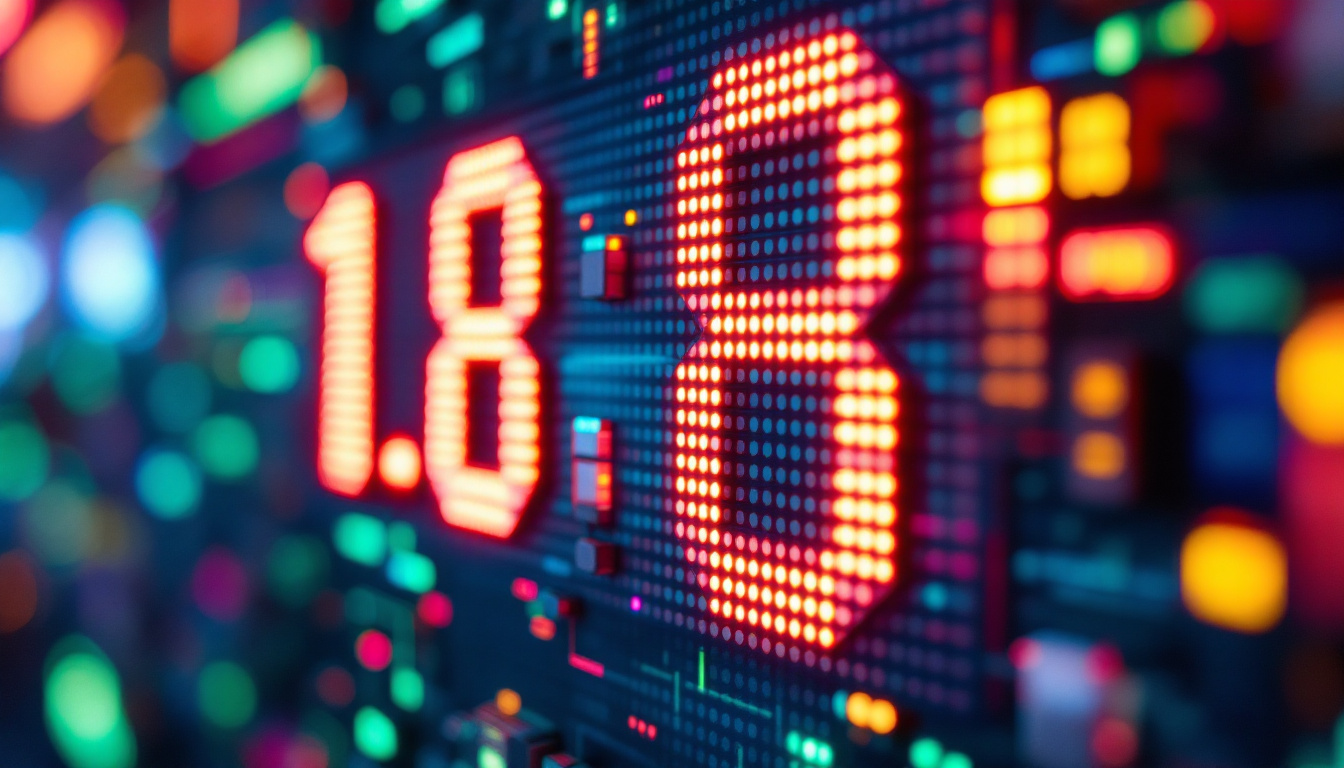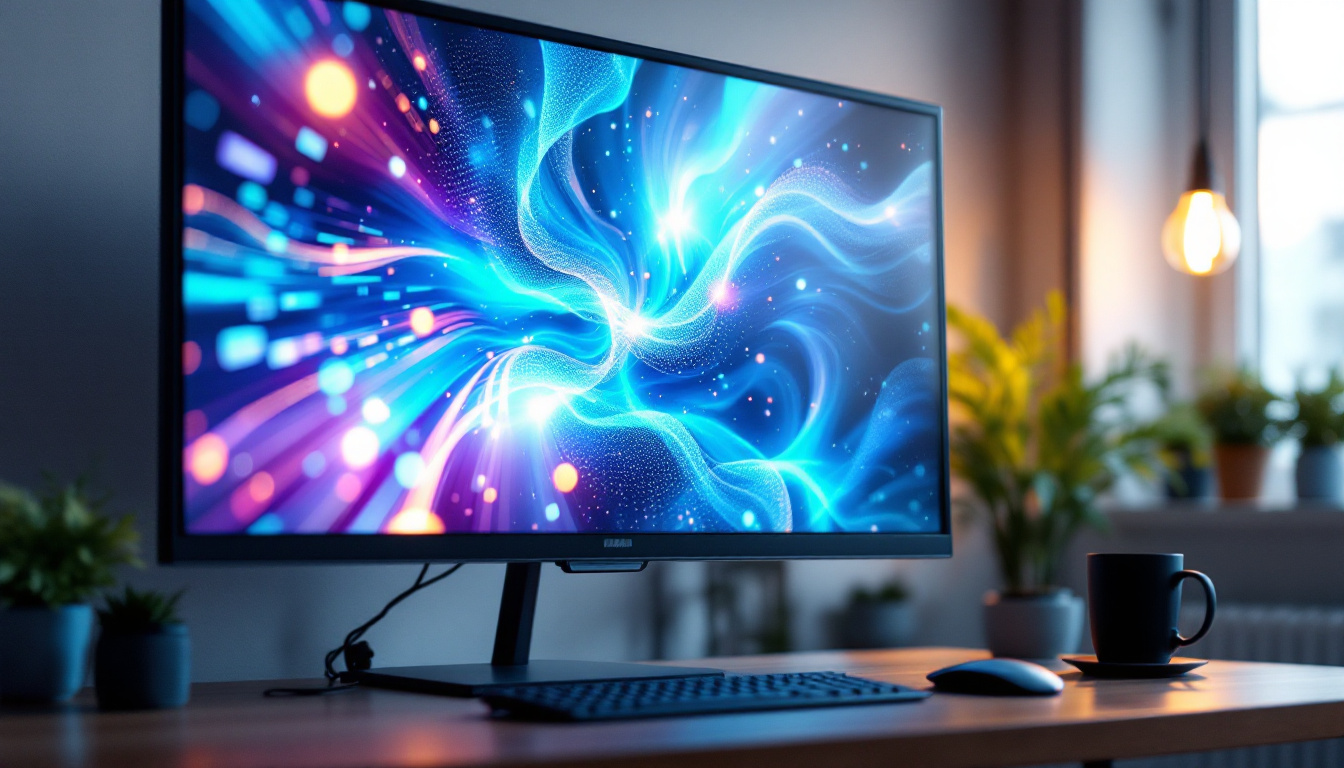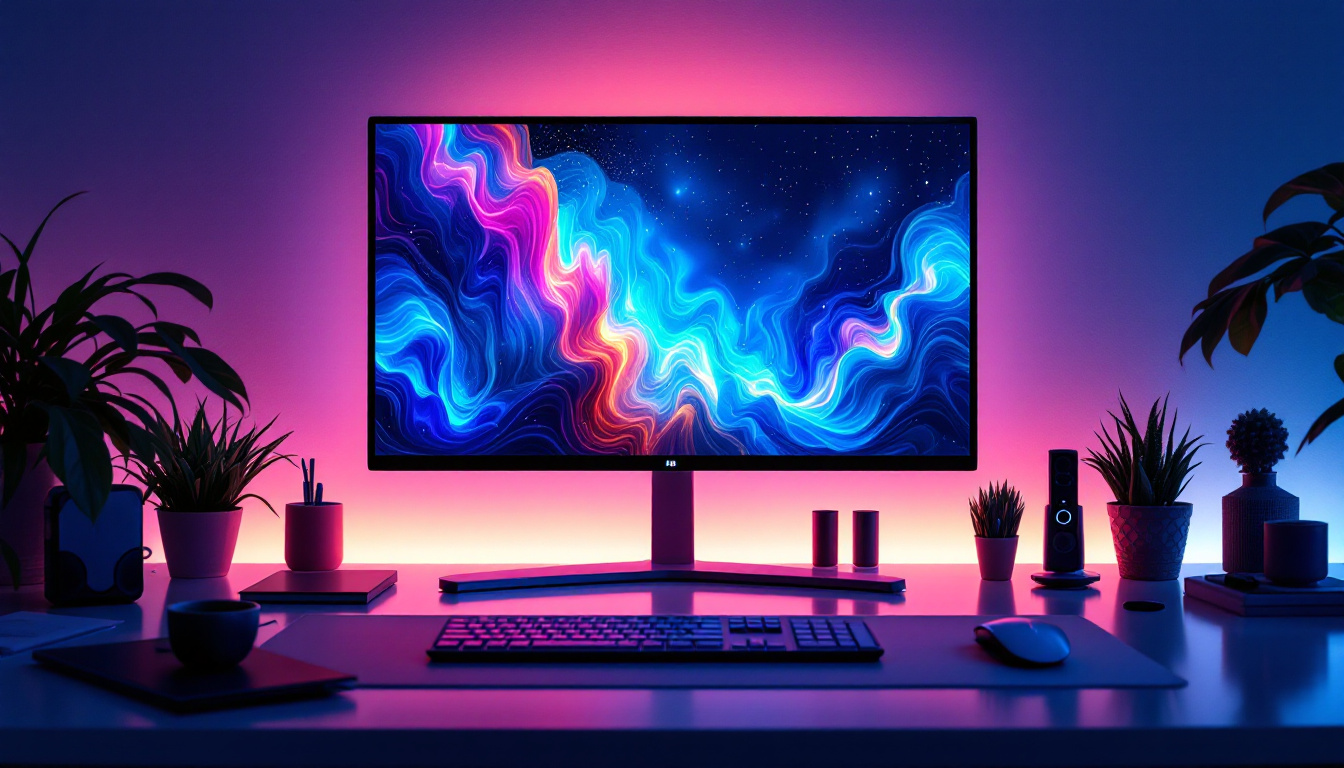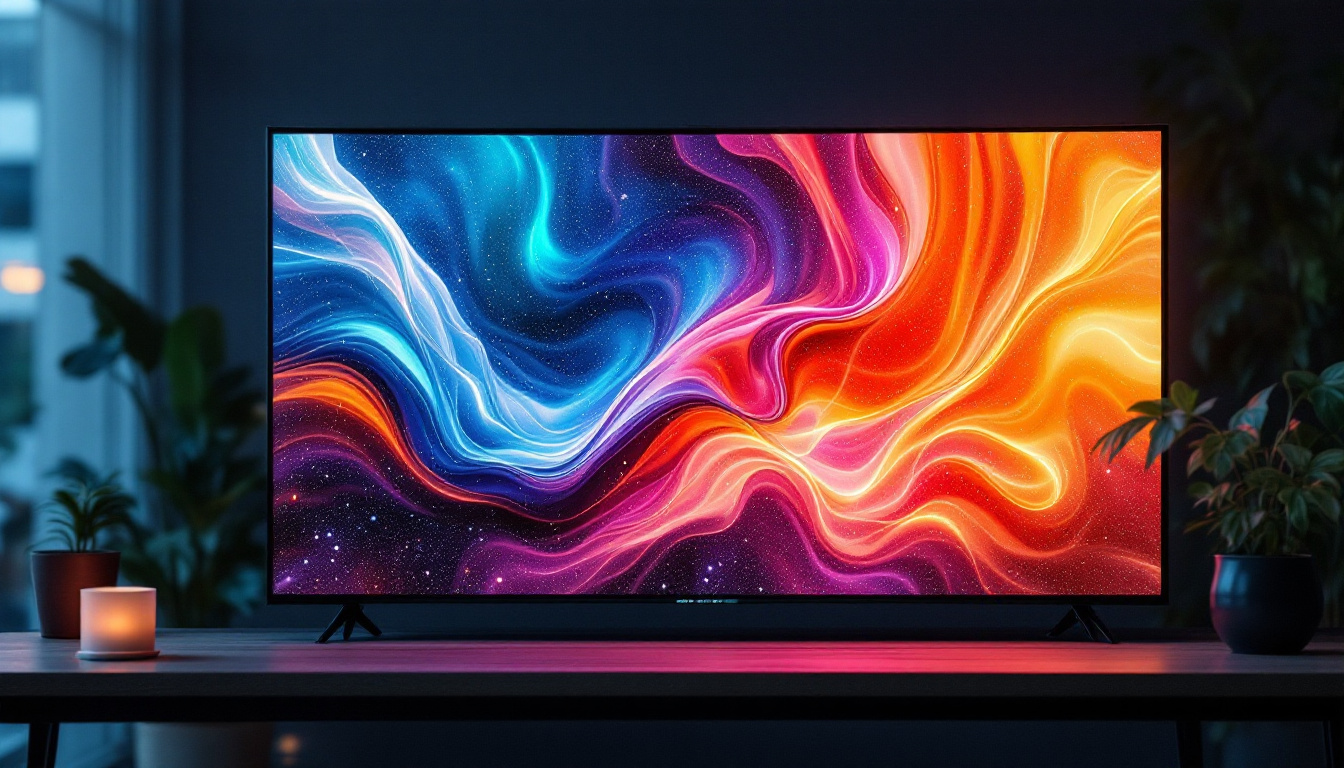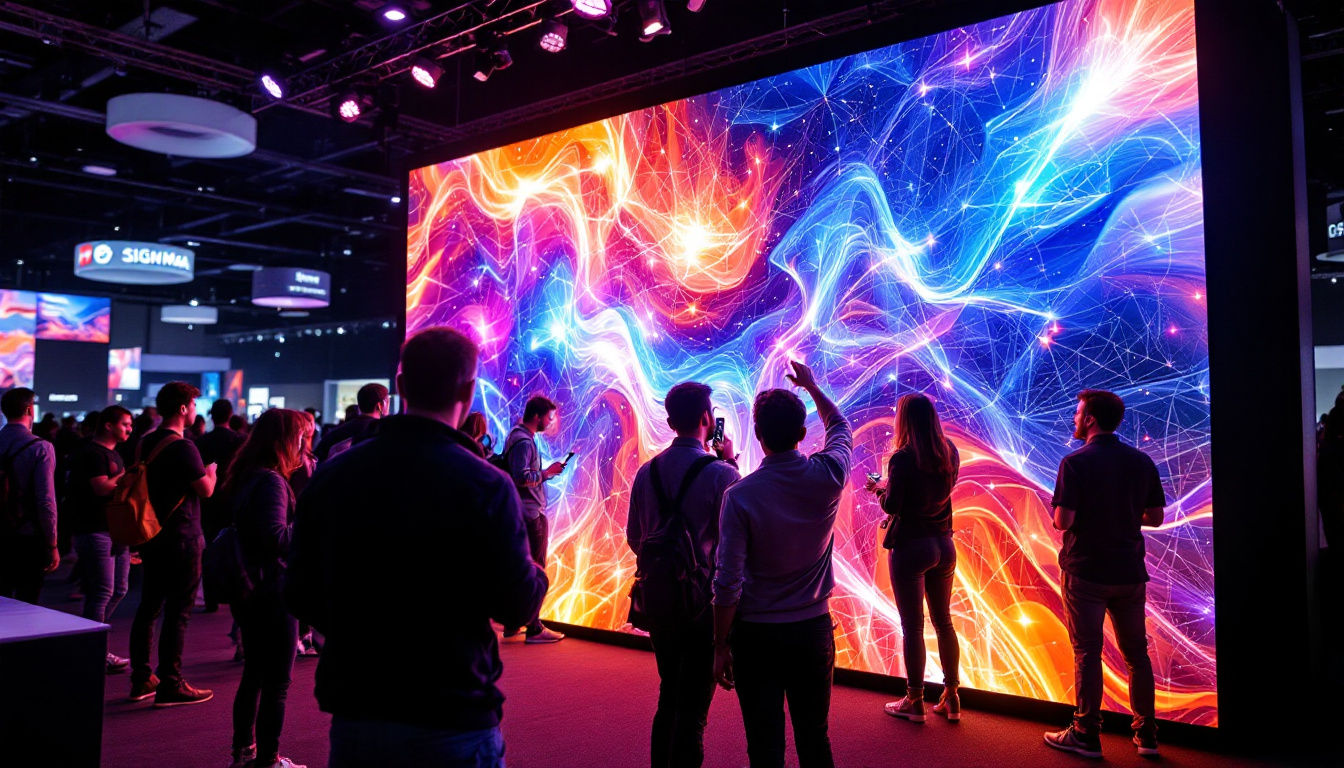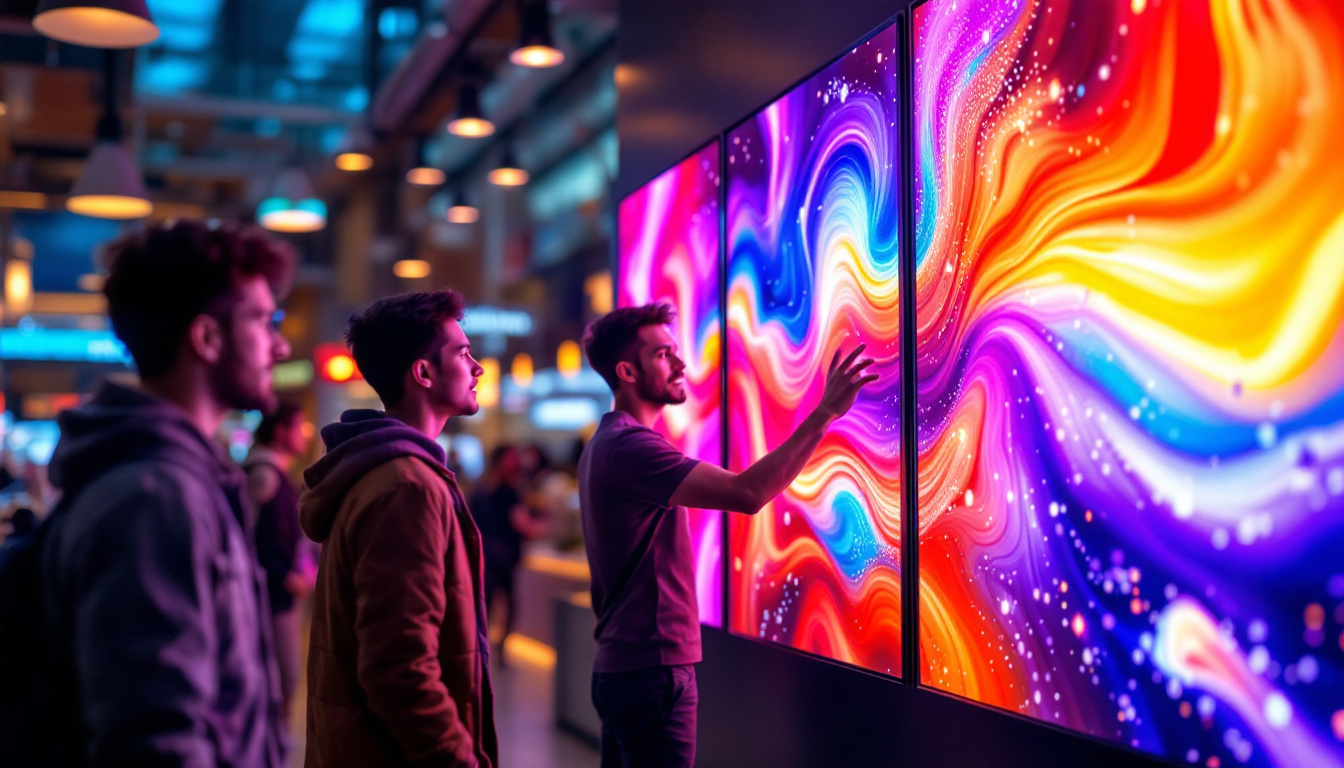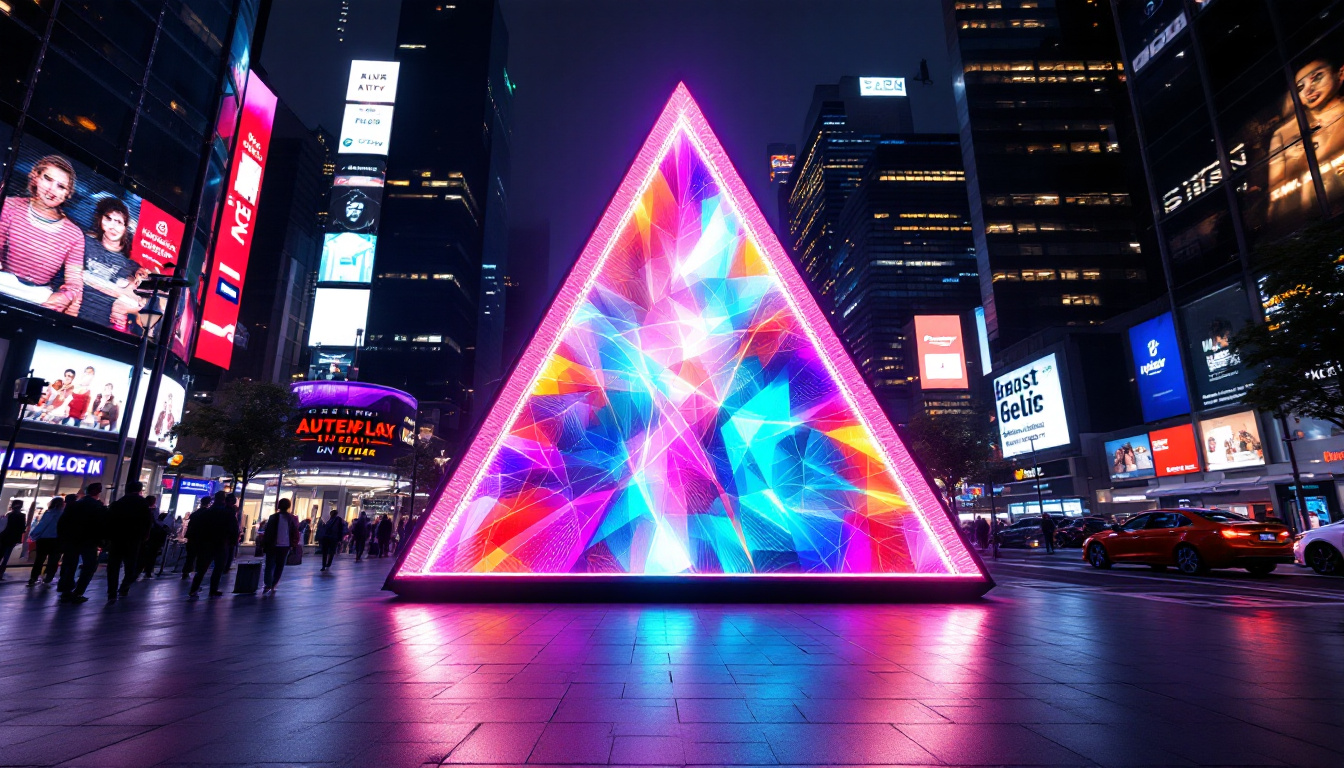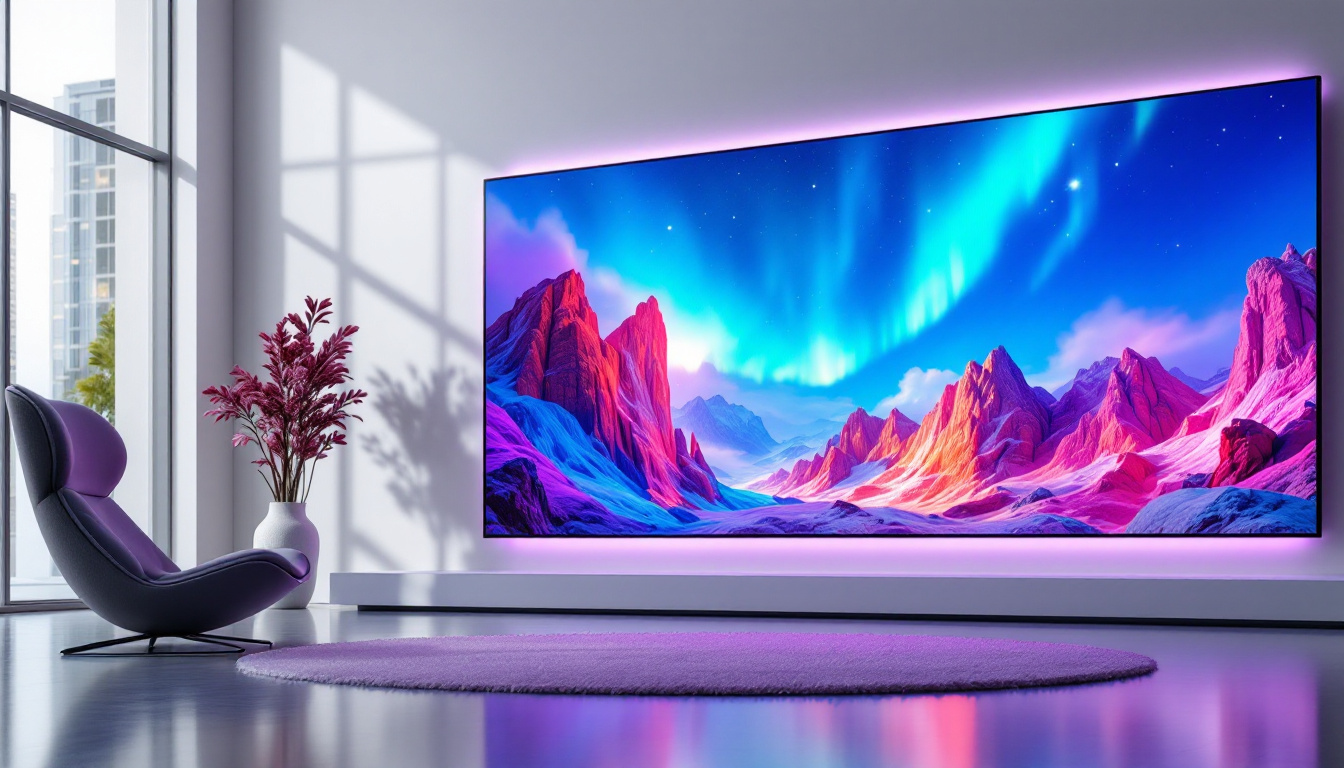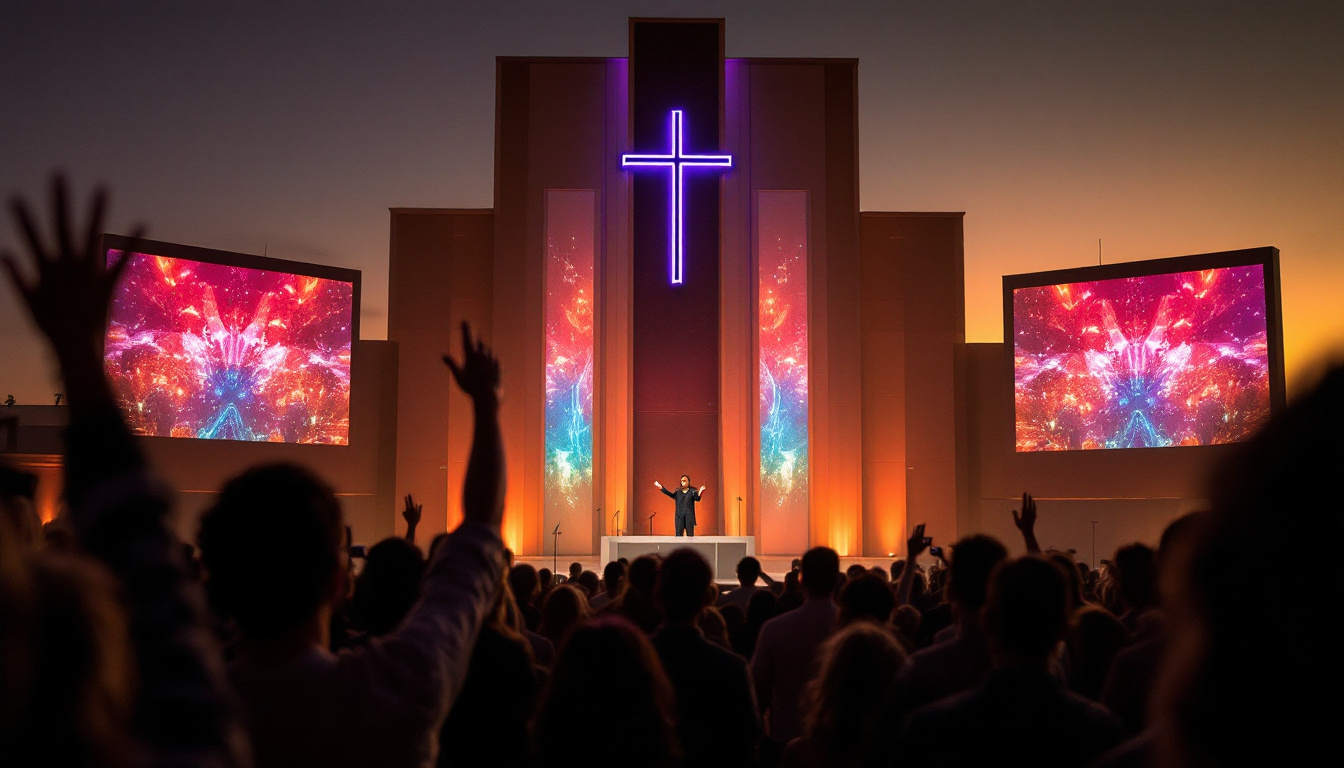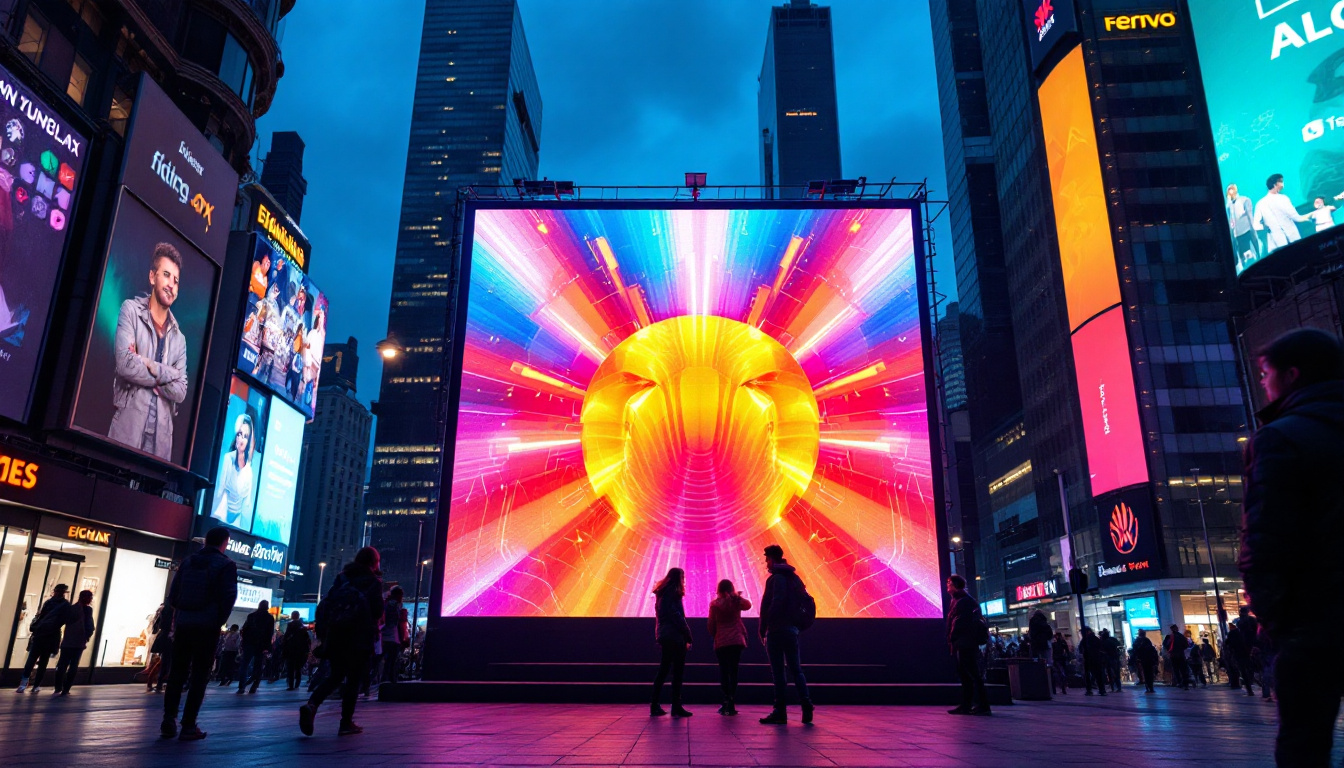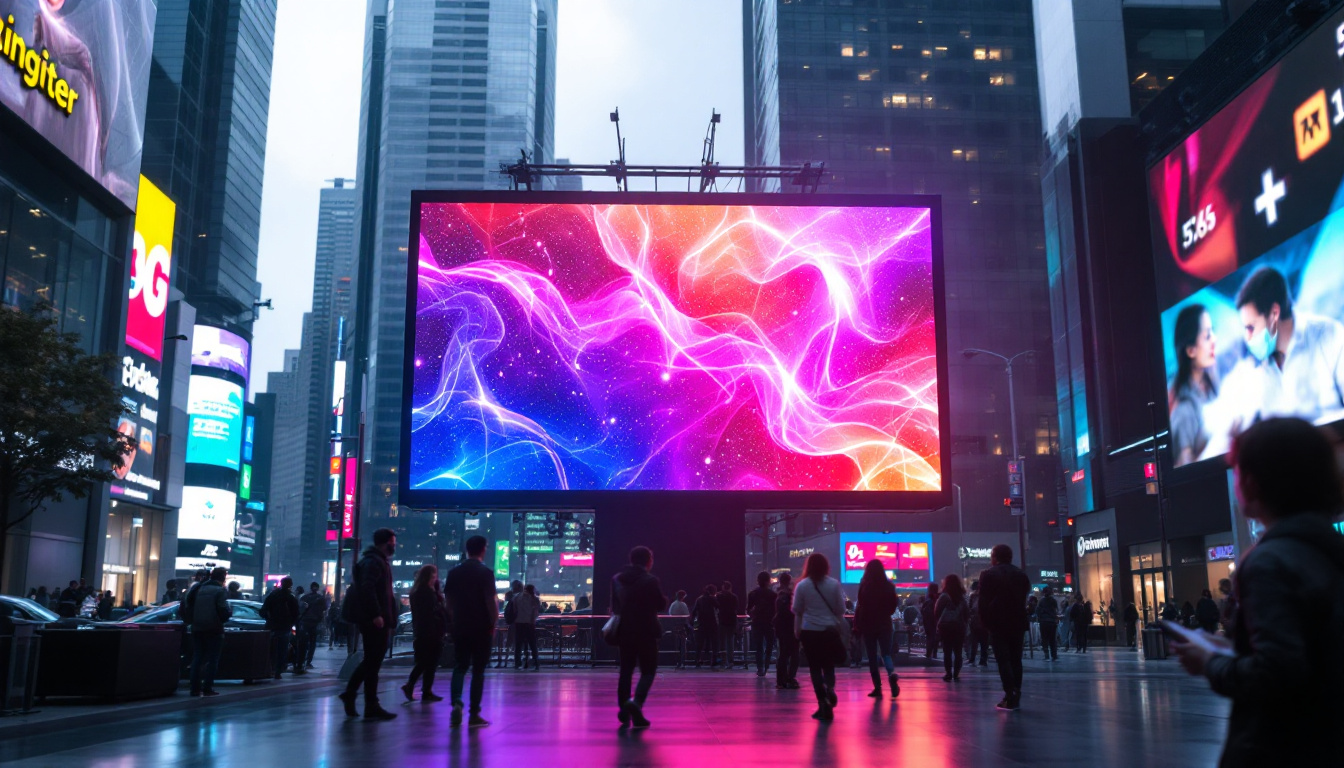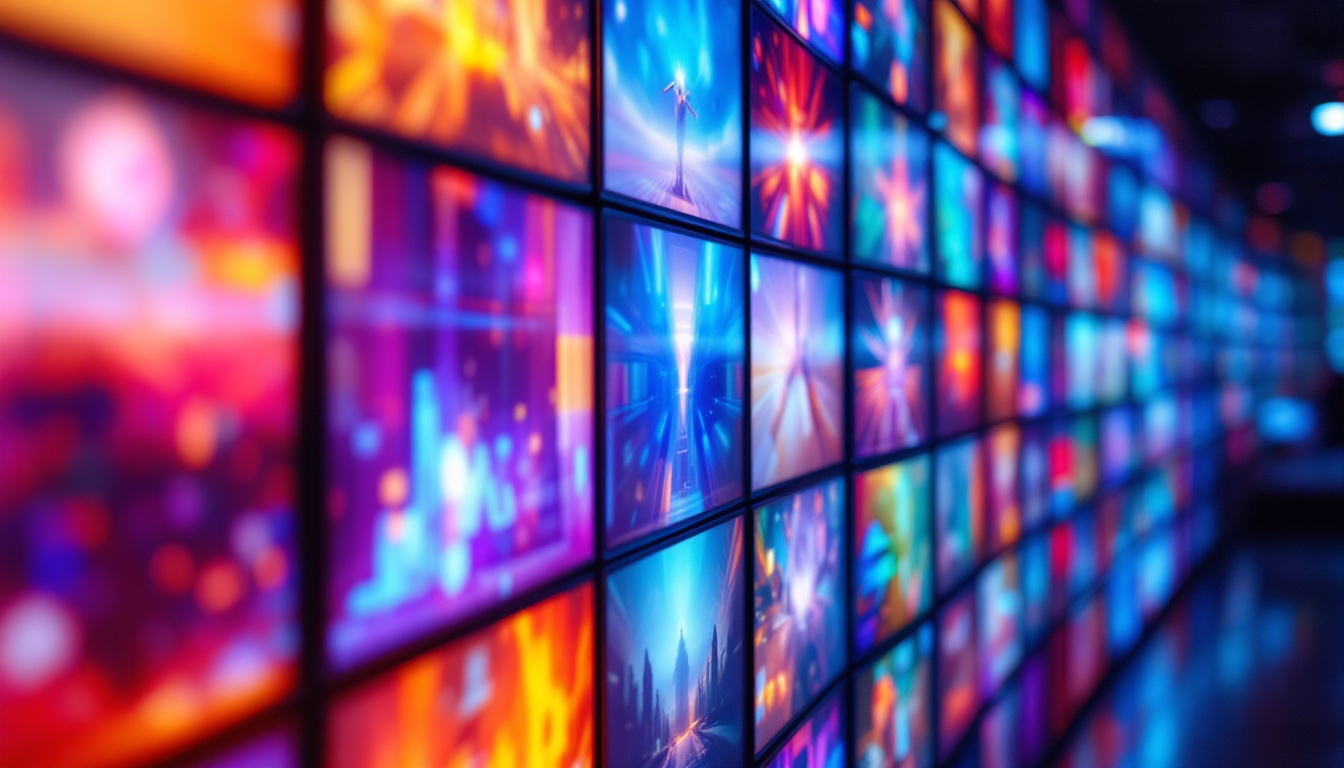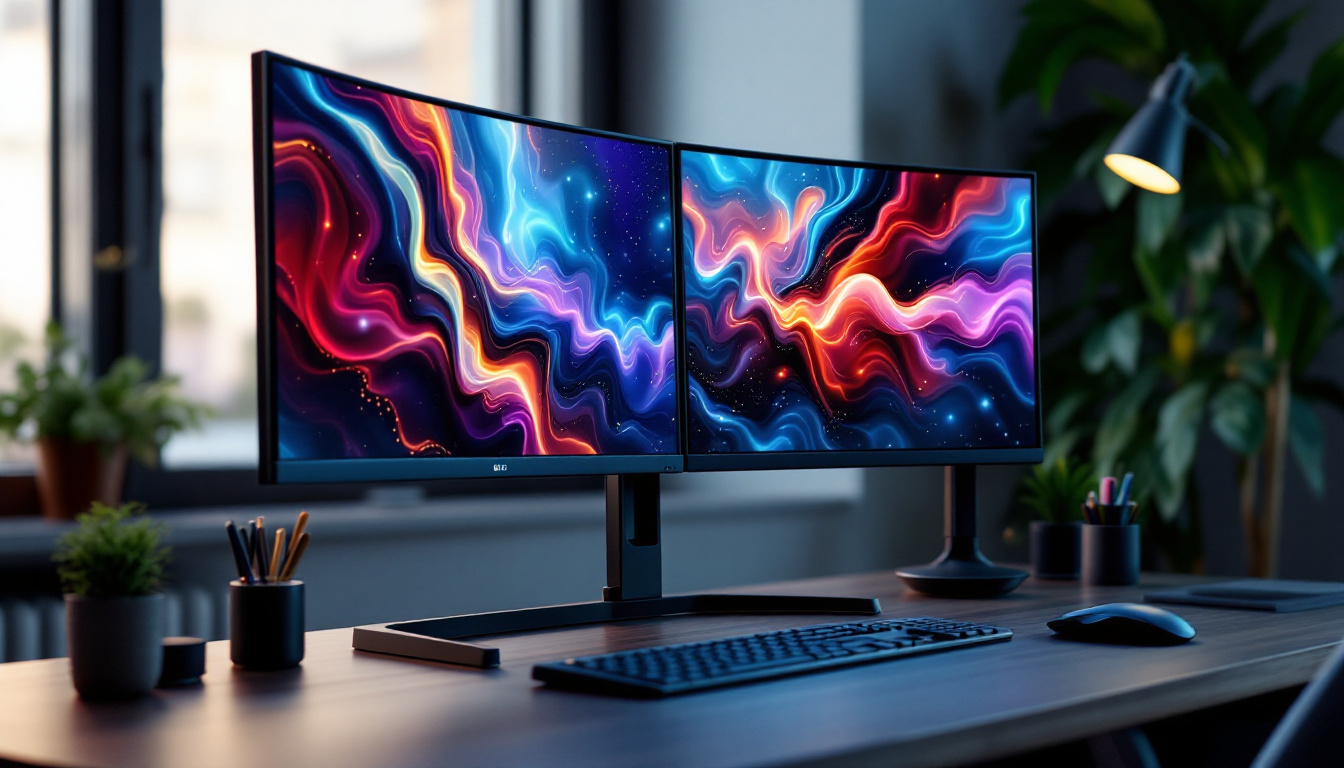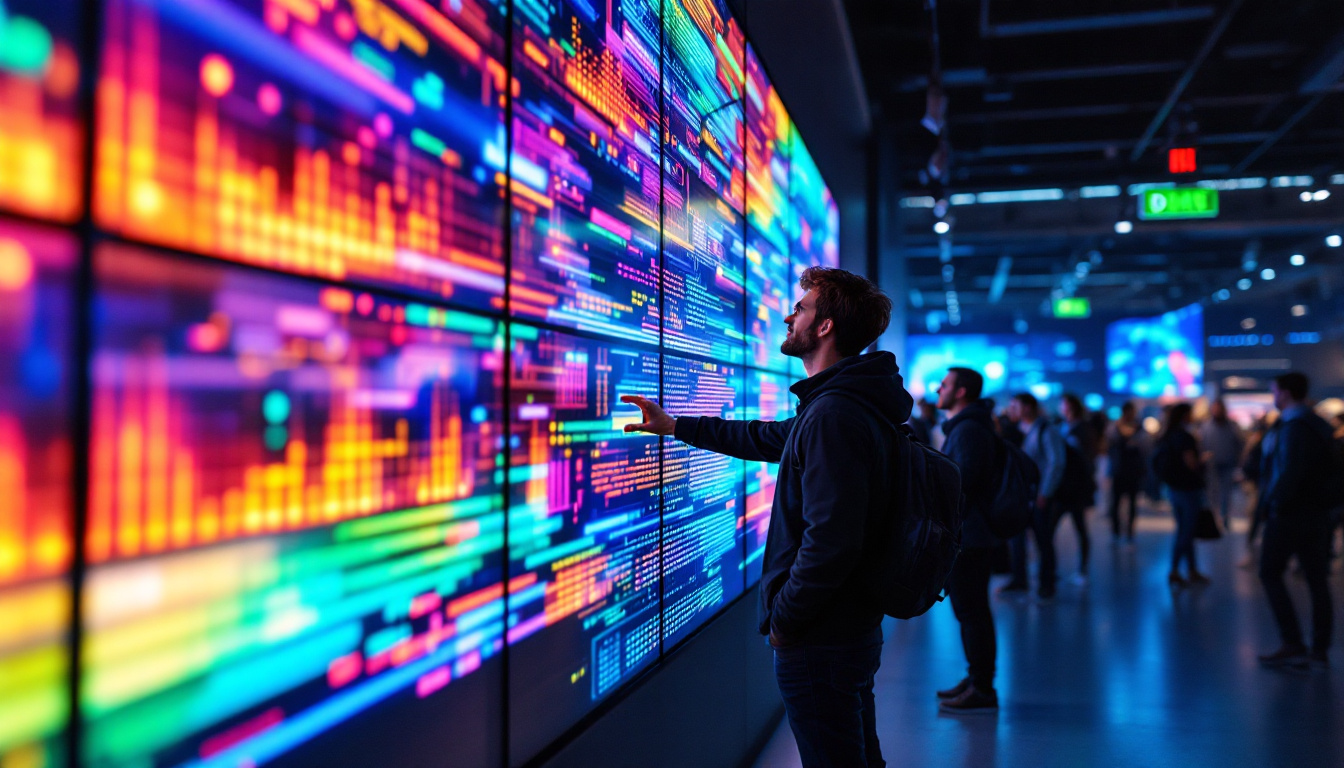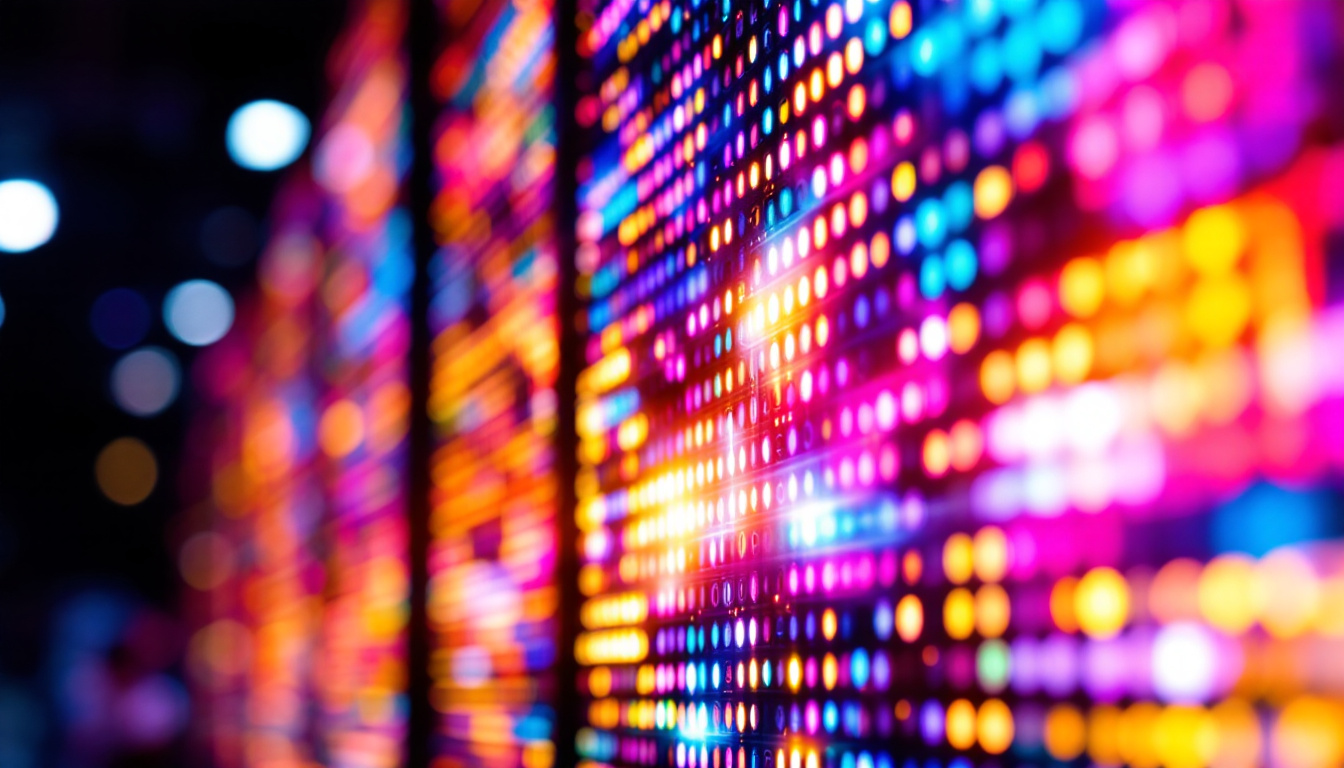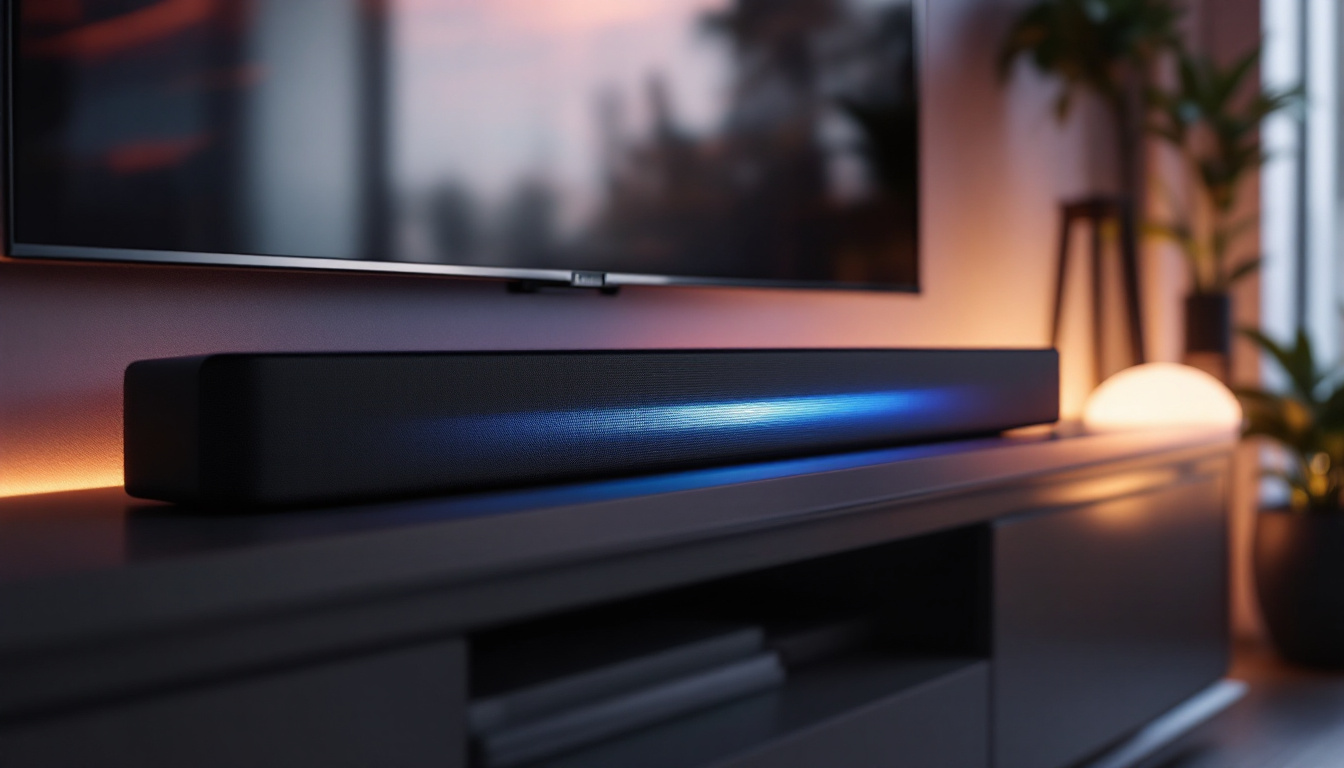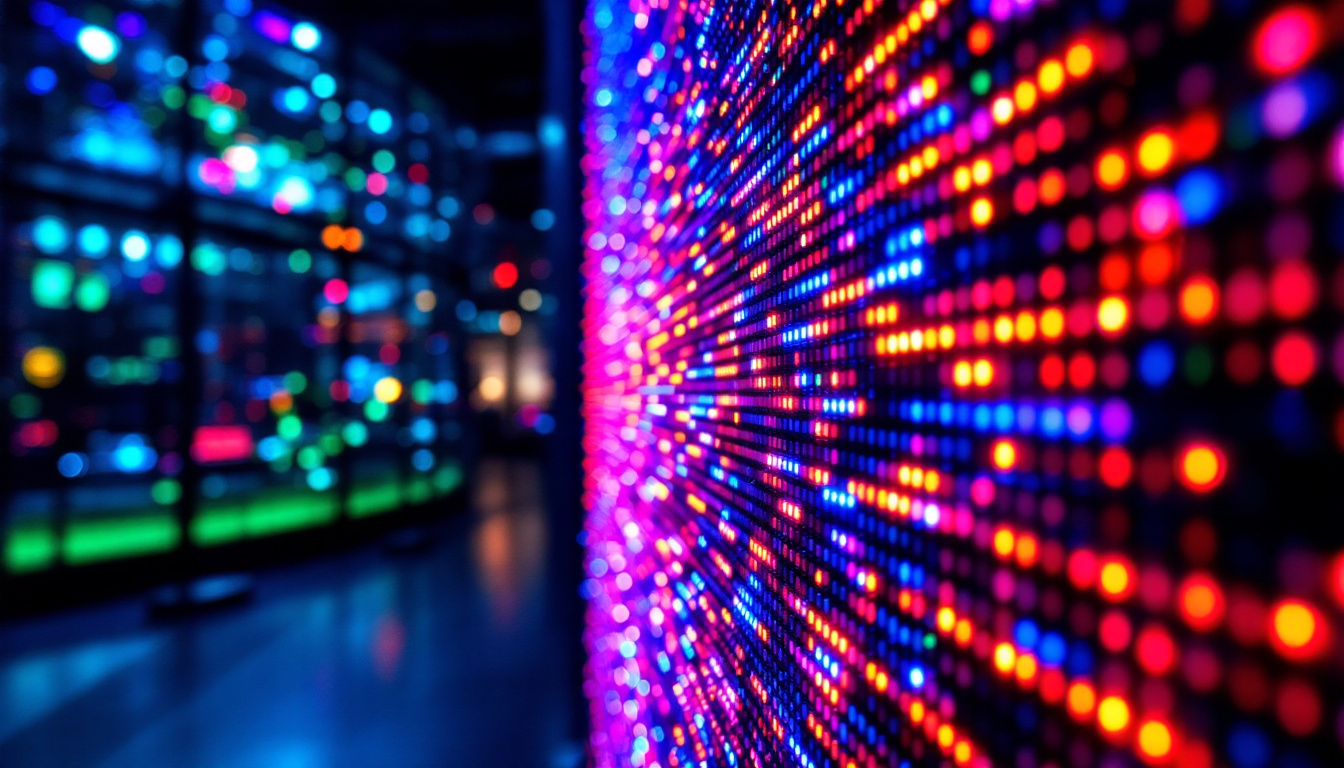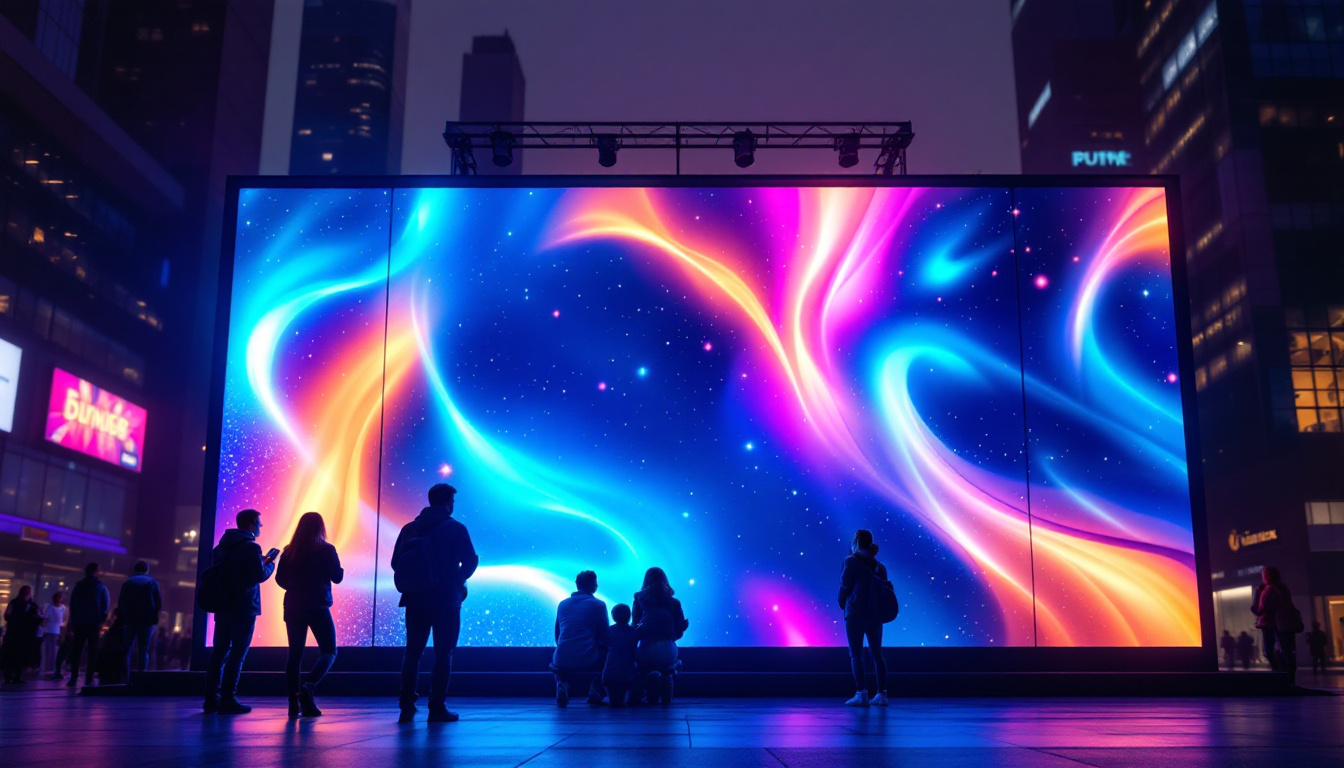In the ever-evolving world of technology, LED displays have emerged as a cornerstone of modern visual communication. Among the most innovative advancements in this field is the flexible curve LED display. This article delves into the intricacies of flexible curve LED displays, exploring their construction, applications, and benefits, while also examining the future of this exciting technology.
Understanding LED Technology
Before diving into flexible curve LED displays, it is essential to understand the underlying technology of LEDs (Light Emitting Diodes). LEDs are semiconductor devices that emit light when an electric current passes through them. This technology has revolutionized the way displays are designed and utilized, allowing for innovations in both aesthetics and functionality that were previously unimaginable.
How LEDs Work
LEDs function by electroluminescence, a phenomenon where a material emits light in response to an electric current. The core components of an LED include a chip made of a semiconductor material, typically gallium arsenide or indium gallium nitride. When electricity is applied, electrons move through the semiconductor, releasing energy in the form of light. This process is highly efficient, as it produces very little heat compared to traditional incandescent bulbs, which waste a significant amount of energy as heat.
The color of the emitted light depends on the materials used in the semiconductor. This versatility allows for a wide range of colors and brightness levels, making LEDs ideal for various applications, from simple indicators to complex displays. Furthermore, advancements in technology have led to the development of RGB (Red, Green, Blue) LEDs, which can create millions of colors by varying the intensity of each of the three primary colors. This capability has opened up new avenues for creative expression in digital signage and artistic installations.
Advantages of LED Displays
LED displays offer numerous advantages over traditional display technologies, such as LCD and CRT. One of the most significant benefits is their energy efficiency. LEDs consume less power, which translates to lower operational costs and a reduced environmental impact. This energy efficiency is particularly beneficial in large-scale applications, such as stadiums or concert venues, where the savings on electricity can be substantial.
Additionally, LED displays provide superior brightness and contrast, making them suitable for outdoor environments where visibility is crucial. Their durability and long lifespan further enhance their appeal, as they require less frequent replacements compared to other display types. Moreover, LED technology is inherently more flexible, allowing for the creation of curved or irregularly shaped displays that can fit into unique architectural designs. This adaptability not only enhances the visual experience but also enables designers to push the boundaries of conventional display formats, creating immersive environments that captivate audiences in ways that traditional displays cannot. The ongoing evolution of LED technology continues to inspire innovations across various industries, from advertising to entertainment and beyond.
The Emergence of Flexible Curve LED Displays
With the advancement of LED technology, flexible curve LED displays have emerged as a groundbreaking solution for various industries. These displays can be bent and shaped to fit unconventional surfaces, allowing for creative and innovative designs.
Construction of Flexible Curve LED Displays
Flexible curve LED displays are constructed using a series of small, lightweight LED modules. These modules are mounted on a flexible substrate, which allows them to be bent and shaped without compromising their functionality. The flexibility is achieved through the use of advanced materials, such as polyimide or silicone, which provide both durability and adaptability.
The modules are typically connected through a flexible circuit board, enabling seamless communication between the individual components. This design not only enhances the display’s flexibility but also ensures that it maintains high image quality and performance, regardless of its shape.
Types of Flexible Curve LED Displays
There are several types of flexible curve LED displays, each catering to different needs and applications. Some of the most common types include:
- Concave Displays: These displays curve inward, creating a unique visual experience. They are often used in retail environments and exhibitions to draw attention.
- Convex Displays: These displays curve outward, providing a 3D effect that can enhance the viewer’s experience. They are commonly used in advertising and entertainment.
- Seamless Displays: These displays are designed to be connected together without visible seams, creating a continuous visual experience. They are ideal for large-scale installations, such as stadiums and concert venues.
Applications of Flexible Curve LED Displays
The versatility of flexible curve LED displays has led to their adoption across various industries. Their ability to adapt to different shapes and sizes makes them a popular choice for creative applications.
Advertising and Marketing
In the advertising sector, flexible curve LED displays are used to create eye-catching installations that capture the attention of potential customers. Brands leverage these displays to showcase their products in innovative ways, often bending the displays around corners or creating immersive environments that enhance the consumer experience.
For instance, retail stores utilize flexible displays to create dynamic window displays that change with the seasons or promotional events. This adaptability not only attracts customers but also enhances brand visibility and engagement.
Events and Entertainment
Flexible curve LED displays have become a staple in the events and entertainment industry. Concerts, festivals, and corporate events often feature these displays to create stunning visual backdrops that enhance performances. The ability to shape the displays to fit various stages and venues allows for a more immersive experience for the audience.
Moreover, flexible displays can be used for interactive installations, where audience members can engage with the content in real-time, further enhancing the overall experience.
Architectural and Interior Design
In architecture and interior design, flexible curve LED displays are employed to create unique visual elements that enhance the aesthetics of a space. These displays can be integrated into walls, ceilings, or even furniture, providing dynamic lighting and visual effects that transform the environment.
From art installations to functional lighting solutions, the possibilities are endless. Designers can use flexible displays to create ambient lighting that adapts to the mood of the space, offering a modern touch to traditional design concepts.
Benefits of Flexible Curve LED Displays
The benefits of flexible curve LED displays extend beyond their aesthetic appeal. They offer practical advantages that make them a smart choice for various applications.
Enhanced Creativity
One of the most significant benefits of flexible curve LED displays is the creative freedom they provide. Designers and artists can experiment with shapes and forms that were previously impossible with traditional displays. This flexibility allows for innovative designs that can capture the imagination and engage audiences in new ways.
Whether it’s a twisting installation that wraps around a column or a display that follows the contours of a building, the possibilities for creativity are virtually limitless.
Cost-Effectiveness
While the initial investment in flexible curve LED displays may be higher than traditional displays, their long-term cost-effectiveness is undeniable. With lower energy consumption, reduced maintenance costs, and a longer lifespan, these displays can save businesses money over time.
Additionally, the ability to create unique installations can lead to increased customer engagement and sales, further justifying the investment.
Improved User Experience
Flexible curve LED displays enhance the user experience by providing dynamic and engaging content. Their ability to adapt to various shapes allows for tailored experiences that resonate with audiences on a deeper level.
In retail environments, for example, the use of flexible displays can create a more immersive shopping experience, encouraging customers to explore products and interact with the brand. This improved user experience can lead to higher conversion rates and increased customer loyalty.
Challenges and Considerations
Despite their numerous advantages, flexible curve LED displays also come with challenges that must be considered before implementation.
Technical Limitations
One of the primary challenges of flexible curve LED displays is the technical limitations associated with their construction. While advancements have been made, achieving high resolutions and brightness levels in flexible displays can still be a challenge. Manufacturers must balance flexibility with performance to ensure that the displays meet the desired standards.
Additionally, the manufacturing process for flexible displays can be more complex than traditional displays, potentially leading to higher production costs.
Installation and Maintenance
Installing flexible curve LED displays requires specialized knowledge and skills. Proper installation is crucial to ensure that the displays function correctly and maintain their visual integrity. This may necessitate hiring trained professionals, which can add to the overall cost.
Furthermore, maintenance can be more challenging due to the delicate nature of the flexible components. Regular inspections and careful handling are essential to prolong the lifespan of these displays.
The Future of Flexible Curve LED Displays
The future of flexible curve LED displays looks promising, with ongoing advancements in technology paving the way for even more innovative applications. As manufacturers continue to refine their processes, the potential for higher resolutions, improved brightness, and enhanced flexibility will likely become a reality.
Integration with Emerging Technologies
As the Internet of Things (IoT) and augmented reality (AR) technologies continue to evolve, flexible curve LED displays will likely play a significant role in their integration. Imagine a world where displays can respond to user interactions in real-time or adapt their content based on environmental factors.
This level of interactivity could revolutionize how businesses engage with customers, creating personalized experiences that resonate on a deeper level.
Sustainability and Environmental Impact
As sustainability becomes an increasingly important consideration in technology, flexible curve LED displays are poised to lead the charge. With their energy efficiency and long lifespan, these displays can contribute to reducing the overall environmental impact of digital signage.
Future developments may also focus on using eco-friendly materials in the production of flexible displays, further enhancing their sustainability credentials.
Conclusion
Flexible curve LED displays represent a significant advancement in display technology, offering a unique blend of creativity, functionality, and efficiency. As industries continue to explore the possibilities of these displays, their applications will expand, leading to innovative solutions that enhance user experiences.
While challenges remain, the benefits of flexible curve LED displays far outweigh the drawbacks. Their ability to adapt to various shapes and environments makes them a valuable asset in advertising, events, architecture, and beyond.
As technology continues to evolve, the future of flexible curve LED displays promises even greater advancements, paving the way for a new era of visual communication that captivates and engages audiences like never before.
Discover the Future of LED Displays with LumenMatrix
Ready to elevate your visual communication with the latest in LED display technology? LumenMatrix is at the forefront of innovation, offering a diverse range of LED display solutions tailored to your needs. From mesmerizing Indoor and Outdoor LED Wall Displays to dynamic Vehicle and Sports LED Displays, our products are designed to captivate and engage. Experience the transformative power of LED Poster Displays, Floor LED Displays, Custom LED Displays, All-in-One LED Displays, and LED Transparent Displays. Embark on a journey to revolutionize your brand’s visibility and audience interaction. Check out LumenMatrix LED Display Solutions today and be part of the new era of visual storytelling.

